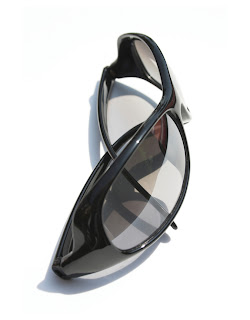So finally, getting back to the process in design software and process. I'm going to talk about offset printing.

This will be the primary printing process you will be designing for when you are working professionally.
The first picture is a one-color Heidelberg offset lithography press. This unit will print one color of the CMYK or spot color printing I have been talking about in class.

The next is a four-color Heidelberg press. Essentially, four, one-color presses linked together. They can link as many print units together as needed. A six-color press could do the CMYK colors, a spot color and a varnish in
one run. These things are massive. Have been know to eat small children if they get too close.
Both presses are called sheet-fed presses; where a stack of standard-sized sheets of paper are fed in the front of the unit and pulled into the press where the image is printed on the paper and deposited at the back of the press.
Four-color printing can be done on a one-color press simply by taking the stack of papers back to the front of the press, wiping down the first color and re-inking the press with the next color and printing the new color. This is a labor intensive process to do on a one color press. So, to eliminate the labor, three additional print units are linked together and the colors are all printed in one run.
 Here are a couple of images I found of typesetting from the past. One is of ladies setting type by hand and the other is a mechanical typesetting machine. It was quite a beast, but it sped up the setting process considerably. Also, I found a site on the web describing what graphic designer and typesetters had to do before computers were introduced into the work flow. Typesetting and Layout
Here are a couple of images I found of typesetting from the past. One is of ladies setting type by hand and the other is a mechanical typesetting machine. It was quite a beast, but it sped up the setting process considerably. Also, I found a site on the web describing what graphic designer and typesetters had to do before computers were introduced into the work flow. Typesetting and Layout






